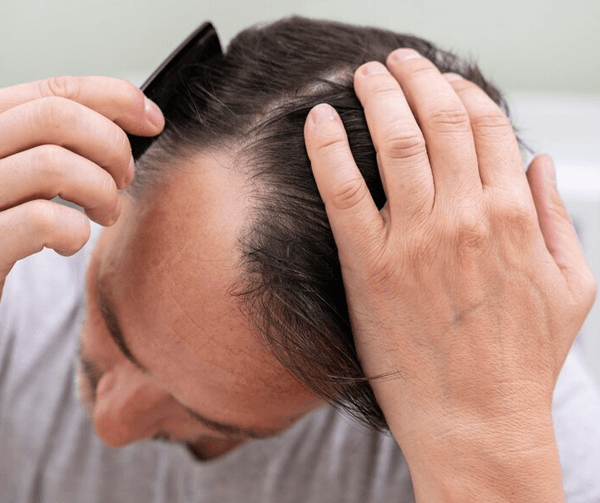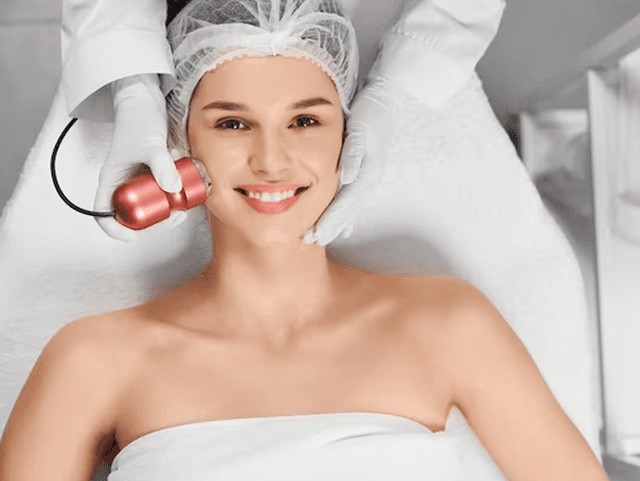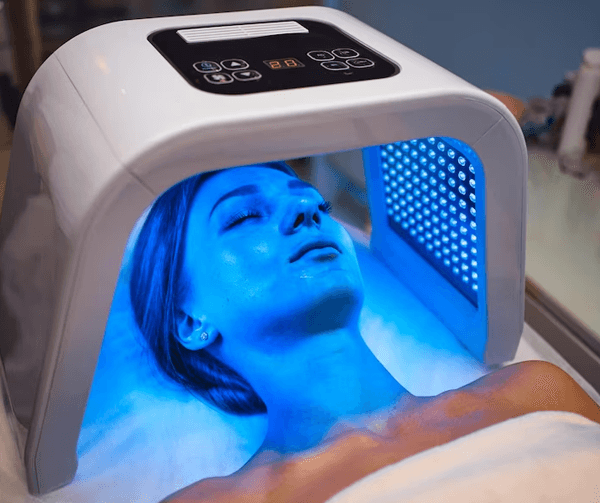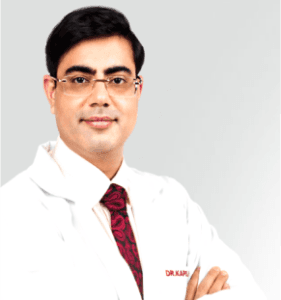Most people are aware of the fact that losing close to 100 strands of hair a day is normal, and even though seeing hair on the pillow, towel or comb is disturbing, most people let it go, considering it normal. However, when people start to notice actual loss of hair volume on their scalp, they start worrying. In certain cases, the thinning happens so quickly that before you know it, you start noticing bald spots on your head.
Given that almost no one likes to lose their hair, there have been constant advancements in the field of hair care and hair restoration. In the past few years, there has been a lot of talk regarding non-surgical and minimally invasive procedures, which can bring back hair or at least help with maintaining the hair that has still not succumbed to hair fall. Mostly the non-surgical methods are meant for hair that have just started to thin out. These methods ensure that the hair loss is reduced and new hair has a chance to grow.
One of the most popular methods in the hair restoration field today is PRP therapy or platelet rich plasma therapy. The concept of this treatment procedure is actually quite simple – blood is extracted and the platelets and plasma is separated. The platelets are then treated to become more potent and then combined with the same plasma, are injected back into the body. Platelets are the human body’s natural healing mechanism and when they are made more potent with a carefully created chemical concoction, their healing abilities are multiplied.
Today, PRP therapy is being used to treat sports injuries, orthopaedics and even for hair restoration. In this article and the continuing second part, we will take a look at everything associated with PRP and how it works.
Let’s start with understanding platelets first:
Before understanding what is PRP and how it works, it is important to understand the role of platelets and their natural healing mechanism. There are three main constituents to human blood – red cells, white cells and platelets. The red and white blood cells have a nucleus, which platelets do not have. In addition, platelets are often smaller than the red and white cells.
When you have an injury, anywhere on the body, the blood vessels are disrupted and that is what causes the bleeding. When this happens, the platelets jump into action and they are the main contributors to creating the clot that stops the blood and leads to the healing process. Platelets participate in the clot formation process in two methods – they change shape and create an interlocking grid, which creates a physical barrier on the actual wound and they also enable the release of those chemicals which are crucial to the process of forming clots.
In addition, platelets also act as the storehouses for molecules that regulate, signal and initiate the growth factors into action. Some of the growth factors that are associated with platelets include:
- PDGF or Platelet-derived growth factor promote the growth of blood vessels, the formation and the replication of cells
- Transforming growth-factor-beta or TGF-b, which promote the growth of the matrix between cells as well as bone metabolism
- Insulin-like growth factor or IGF regulate the normal physiology in almost every type of cell
- Epidermal growth factor or EGF accentuates the growth and differentiation of cells, the formation of blood vessels as well as collagen
- Vascular endothelial growth factor or VEGF promotes the formation of blood vessel
- Fibroblast growth factor-2 or FGF-2, which promotes the growth of specialized cells
All of these factors are participants in the initiation and enhancement of the healing mechanism. This also explains why platelets are being used to treat a range of conditions because when they are concentrated at a certain place, they can improve the recovery of that area.
Now, let’s move onto what PRP is:
PRP stands for platelet rich plasma and it is actually blood plasma that contains a concentrated level of platelets, much higher than what would be naturally present in human blood. Perhaps the best thing about PRP is that the blood is taken from the person’s own body, which greatly reduces the chances of any infections or allergies. This is also why PRP is immunologically neutral.
PRP has found usage in sports medicine as well as orthopaedics
In the past few years, PRP has become extremely popular in the world of sports medicine as well as orthopaedics. PRP can be used to treat injuries related to muscle, bone and even joints, which is why several internationally renowned sports personalities have used it and even sworn by it. As a matter of fact, there are several instances, where the sportspersons have had a full recovery, without the need for any surgical intervention.
Similarly, PRP is also finding an increasing amount of use in dentistry and specialist surgery for wounds. Studies have shown that PRP can be used in ophthalmology, cardiac surgery, thoracic surgery, neurosurgery, urology, maxillofacial surgery and cosmetic surgery. The American Academy of Orthopaedic Surgery (AAOS) has mentioned that PRP can be used for improving soft-tissue repair, bone growth as well as proper healing of wounds. However, it is important to remember that not all people are suitable candidates for the therapy.
In the next article, we will look at PRP in hair restoration, specifically and how it is being used by hair restoration experts, all over the world now.







